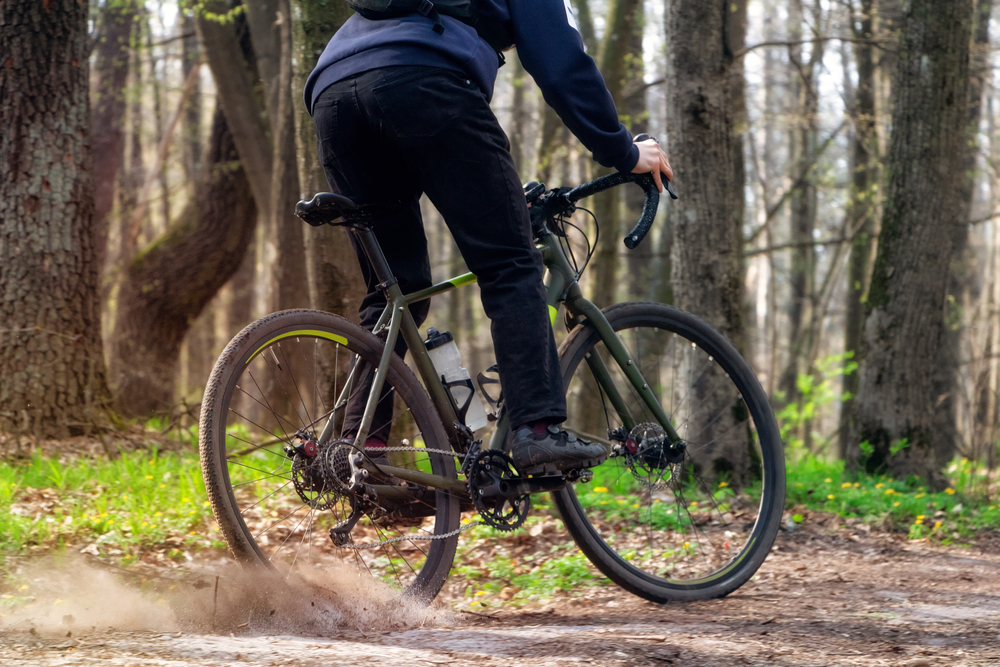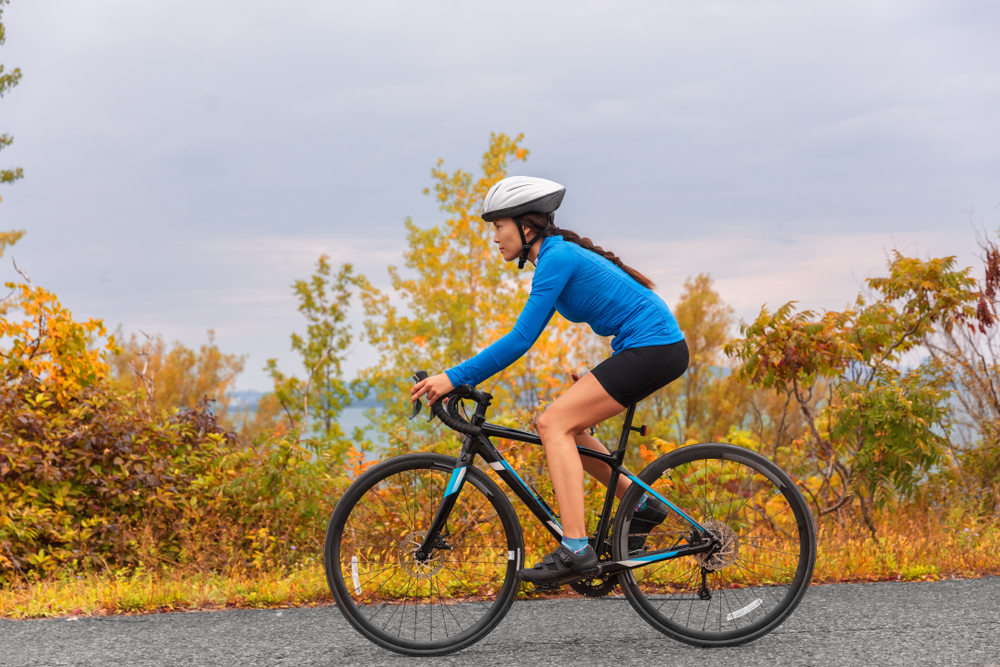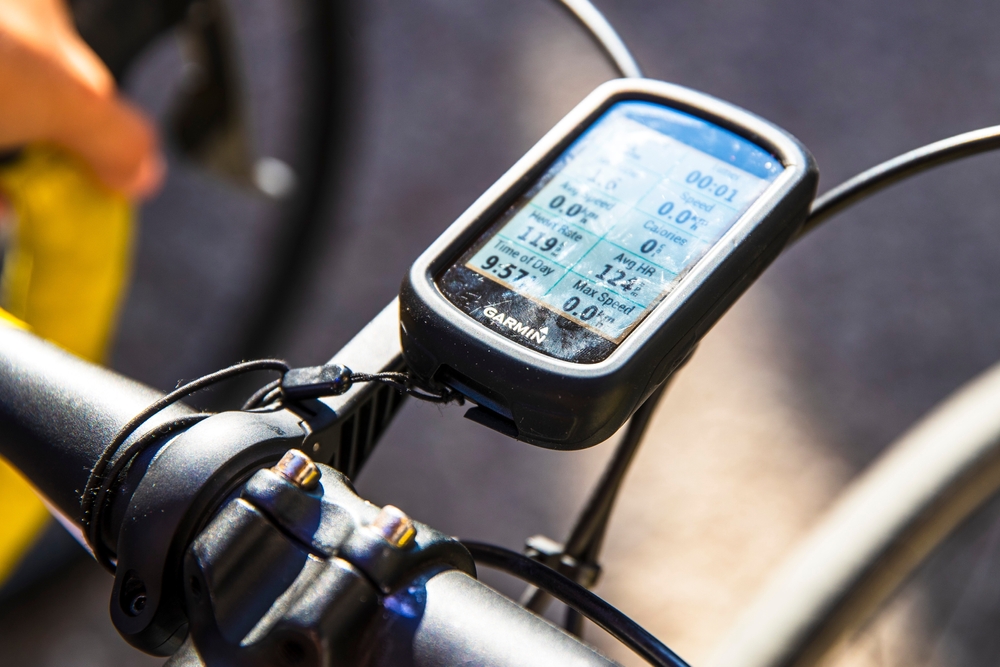Road Bike Size Chart
Understanding Road Bike Size Charts
Choosing the right size for a road bike is crucial for comfort and performance. An ill-fitting bike can lead to discomfort and even injury. Bike sizing is based on several key measurements – your height, inseam, and, sometimes, your reach. Knowing how to read a road bike size chart can help you find the perfect fit.
Key Measurements for Sizing a Road Bike
Your height and inseam are the primary measurements needed for determining the right bike size. Height is straightforward, but inseam is a bit more specific. It’s the distance from your crotch to the ground when standing barefoot.
Measuring Your Inseam
Measuring your inseam at home is simple. Stand with your back against a wall and your feet about 6 inches apart. Place a book between your legs, with the spine of the book pressed firmly against your crotch. Measure the distance from the top of the book to the ground. This is your inseam measurement.
Bike Frame Sizes and Measurements
Bike frame sizes are typically listed in centimeters for road bikes. They range from about 48 cm to 62 cm. This measurement refers to the length of the seat tube, from the center of the bottom bracket to the top of the seat tube.
Bikes also have measurements for the top tube, effective top tube, and seat tube angle. These measurements vary by manufacturer and model, making it essential to consult specific size charts for the brand you’re interested in.
General Size Chart Reference
The following chart provides a general guideline for road bike sizes based on rider height. Keep in mind that this is a general reference. It’s always best to test ride a few different sizes if possible.
| Rider Height (ft/in) | Rider Height (cm) | Suggested Frame Size (cm) |
|---|---|---|
| 4’10” – 5’0” | 147 – 152 | 47 – 48 |
| 5’0” – 5’3” | 152 – 160 | 49 – 50 |
| 5’3” – 5’6” | 160 – 168 | 51 – 52 |
| 5’6” – 5’9” | 168 – 175 | 53 – 54 |
| 5’9” – 6’0” | 175 – 183 | 55 – 56 |
| 6’0” – 6’3” | 183 – 191 | 57 – 58 |
| 6’3” – 6’5” | 191 – 196 | 59 – 60 |
| 6’5” | 196+ | 61 – 62 |
Importance of Frame Geometry
Frame geometry influences the handling and feel of the bike. The top tube length and seat tube angle affect how stretched out or upright you’ll be when riding. Different brands may have slight variations, so it’s wise to compare geometry charts for the specific models you’re considering.
Standover Height
Standover height is another critical measurement. It’s the distance between the ground and the top tube of the bike. Aim for at least 1-2 inches of clearance when standing over the bike. This ensures you can dismount safely.
Additional Sizing Considerations
Your body proportions also play a role in bike fitting. Some people have longer legs and shorter torsos or vice versa. You might find that a bike that fits your height may not be the most comfortable fit for your torso or arm length.
Reach and Stack
Reach and stack are modern measurements that can help fine-tune your bike fit. Reach refers to the horizontal distance from the bottom bracket to the top of the head tube. Stack is the vertical distance from the bottom bracket to the top of the head tube. These measurements can be especially useful if you have a specific riding style or body proportions that don’t fit traditional sizing perfectly.
It’s crucial to get a professional bike fit if you’re serious about cycling. A bike fitter can adjust your bike to suit your body perfectly. They will take measurements and make adjustments to your seat height, handlebar position, and more to ensure a comfortable and efficient ride.
Frame Material and Comfort
The frame material also affects the bike’s comfort and performance. Aluminum frames are lightweight and affordable. Carbon frames offer excellent vibration damping and can be more comfortable for long rides. Steel frames have a classic feel and are known for their durability and smooth ride quality. Each material has its pros and cons, so consider what’s most important to you when choosing a bike.
Saddle and Handlebar Adjustments
Even with the right frame size, other adjustments can significantly impact your comfort. The saddle height and position should be adjusted so your leg has a slight bend when the pedal is at its lowest point. The handlebar height and reach should be set so you’re neither too stretched out nor too cramped.
Handlebars come in different widths and shapes. The right handlebar can reduce strain on your wrists and shoulders and improve your overall riding posture. Test different handlebars to find what feels best for you.
Women-Specific Frames
Some manufacturers offer women-specific frames. These frames are designed to fit the general body proportions of women, with shorter top tubes and longer seat tubes. Women’s bikes often have narrower handlebars and women-specific saddles. However, many women find standard frames fit just fine, so it’s worth trying both to see what’s most comfortable.
Kids and Youth Bikes
Road bikes for kids and youth follow different sizing guidelines. These bikes are usually measured by wheel size rather than frame size. Kids’ bikes typically come in 24-inch wheel sizes, while youth bikes may use smaller frame sizes similar to adult bikes but with child-friendly proportions.
Standard vs. Compact Frames
Some road bikes use a standard frame, while others use a compact frame design. Compact frames have a sloping top tube, which lowers the standover height and can provide more flexibility in fitting. This design often allows for more adjustment in seat height and is particularly useful if you’re between sizes.
Standard frames have a horizontal top tube and may offer a more traditional fit and look. Choosing between a standard and compact frame largely comes down to personal preference and comfort during a test ride.
Consulting a Professional
Even with a good understanding of size charts and measurements, nothing beats a professional fitting. Many bike shops offer fitting services where they use advanced tools and techniques to ensure your bike fits perfectly. This can make a significant difference in your comfort and performance on the bike.
Professional fitters consider factors like your riding style, flexibility, and any existing discomfort or injuries. They’ll adjust your bike accordingly, ensuring an optimal fit that can’t always be achieved with a basic size chart.
Summary of Key Points
- Measure your height and inseam accurately before consulting size charts.
- Understand frame geometry and how it affects bike fit and handling.
- Consider additional measurements like reach and stack for a more precise fit.
- Don’t forget about the importance of standover height for safety.
- Adjust saddle and handlebar positions to fine-tune your comfort and performance.
- Explore different frame materials and types to find what suits your riding style best.
- Consider a professional fitting for the most accurate and comfortable setup.






